On August 16, a 3.5-month fishing moratorium in the South China Sea concluded, marking the reopening of fishing activities. Over 600 vessels in Shantou set sail to harvest the ocean's bounty, bringing fresh catches like fish, shrimp, and crabs to dinner tables. This article explores eight beloved seafood varieties and safety guidelines.

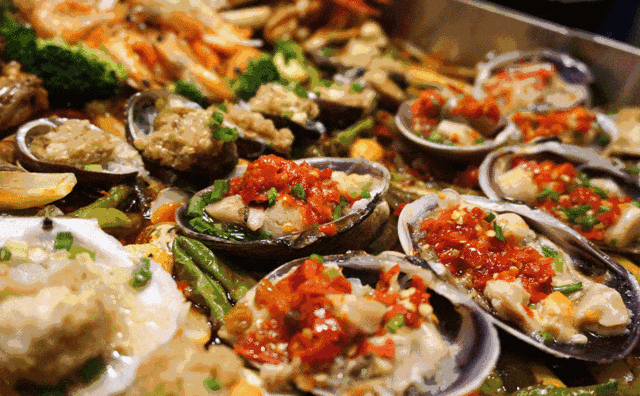
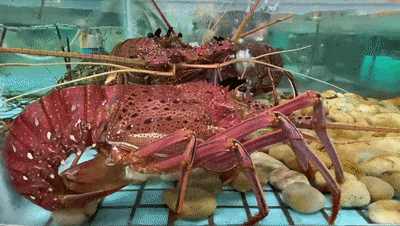
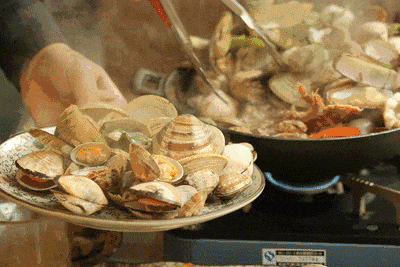
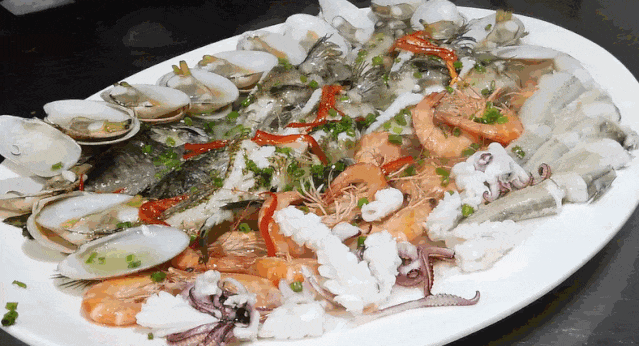
Seafood varieties in Chaoshan cuisine
Oyster (Hao)
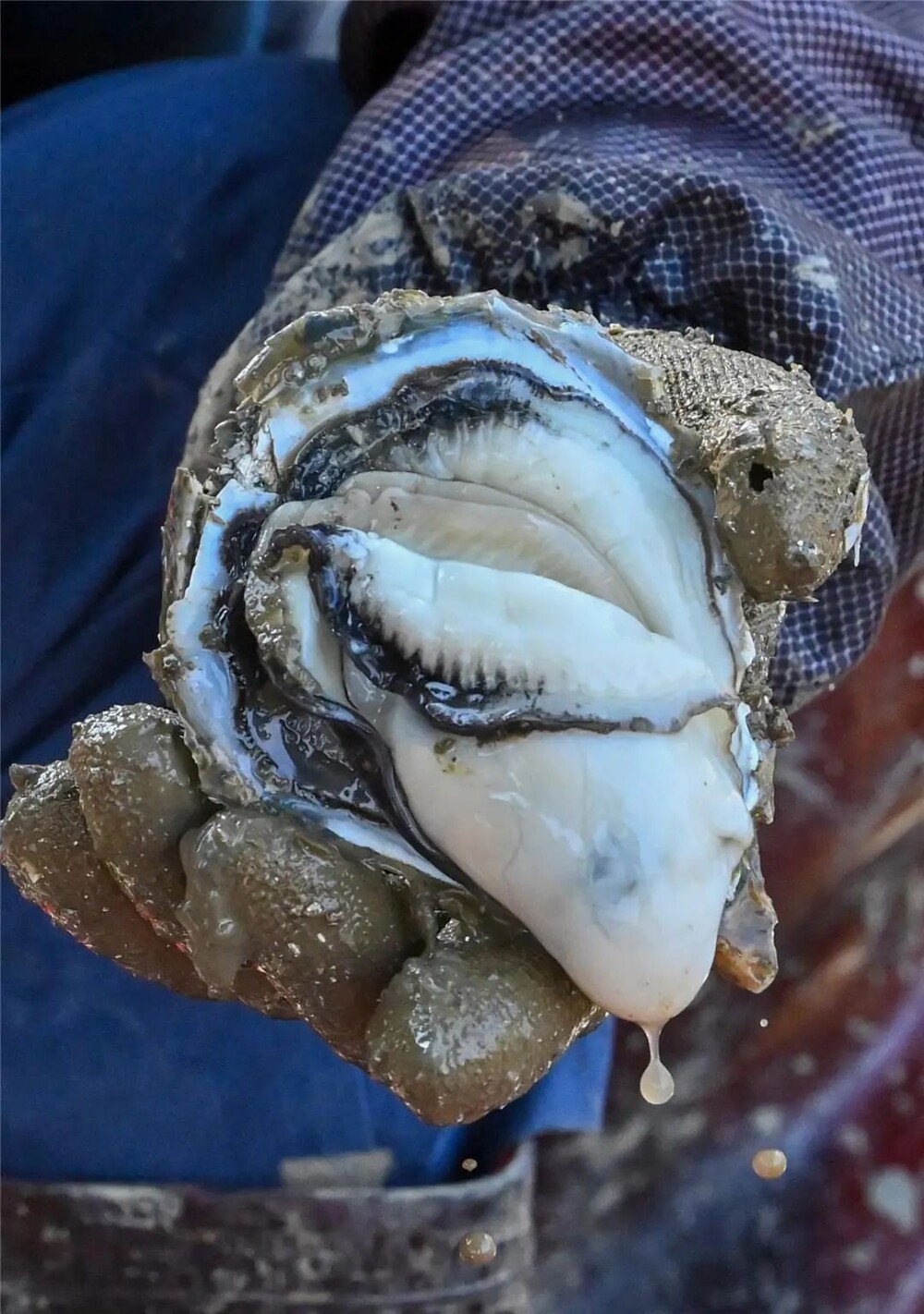
A staple in Chaoshan dishes, oysters shine in Oyster Omelette (Hao Luo), marinated raw oysters, and garlic-baked preparations.
Shrimp
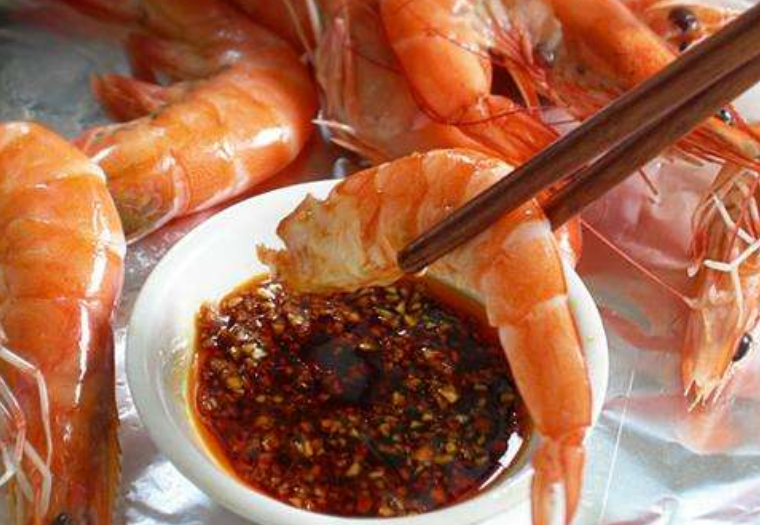
Versatile and nutritious, shrimp is often pan-fried, grilled, or boiled. White-cooked shrimp preserves its natural sweetness.
Crab
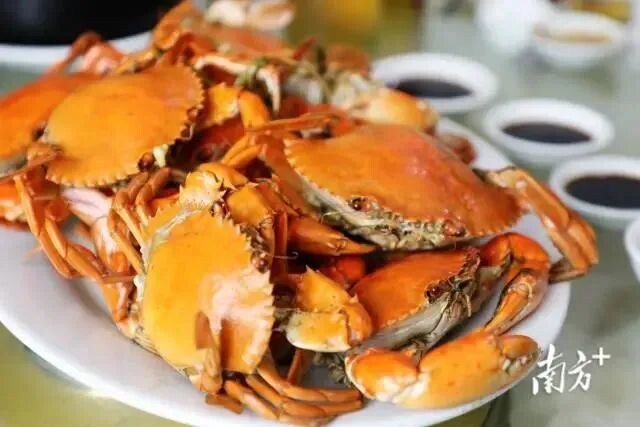
Autumn crabs are prized for their roe and tender meat. Steamed crab with vinegar is a classic dish.
Scallop
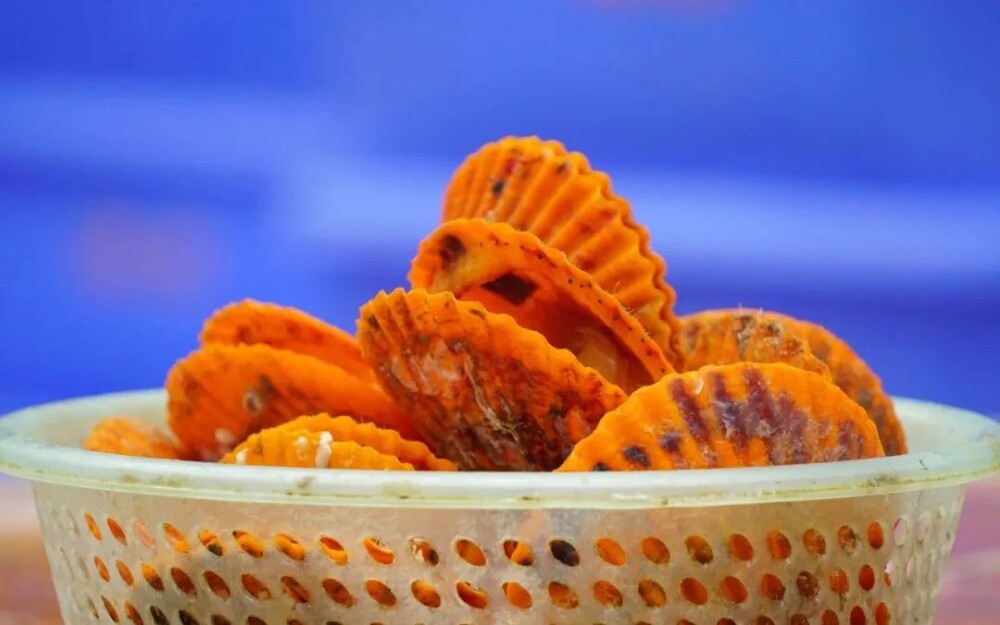
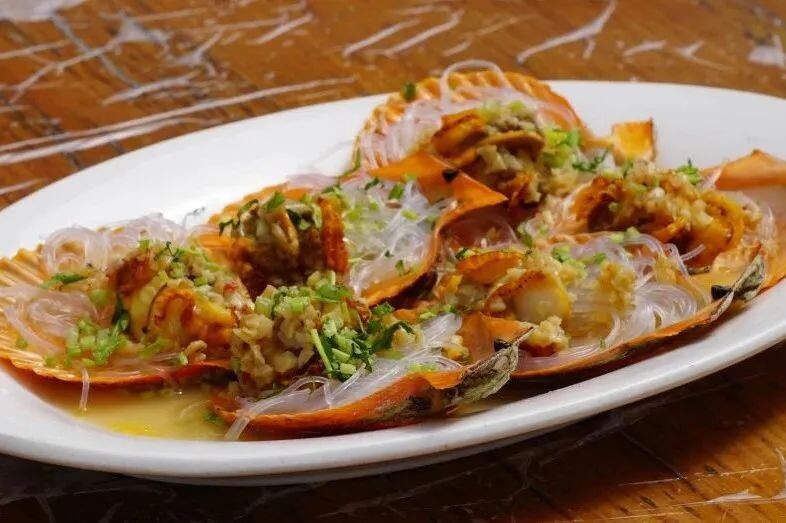
Steamed with garlic and vermicelli, scallops offer a juicy, umami-rich bite.
Mantis Shrimp (Xia Gu)
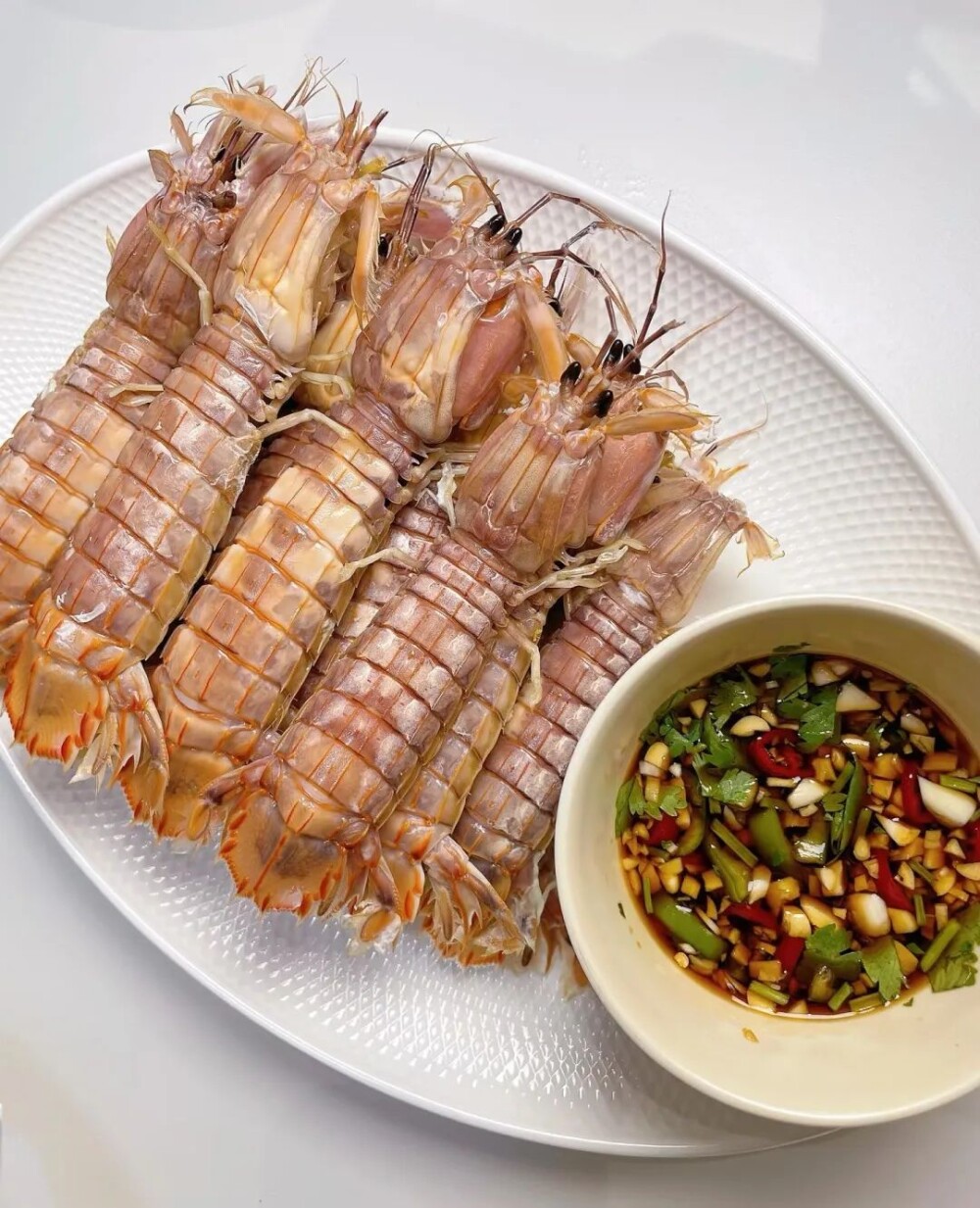
Known locally as "shrimp's aunt," it's delicious when marinated, boiled, or fried with pepper.
Abalone

A luxury seafood, abalone is prized for its tender texture. American ginseng abalone soup is a tonic favorite.
Squid

Though not a fish, squid's texture shines when blanched and dipped in soy-wasabi sauce.
Barramundi (Ba Lang Yu)
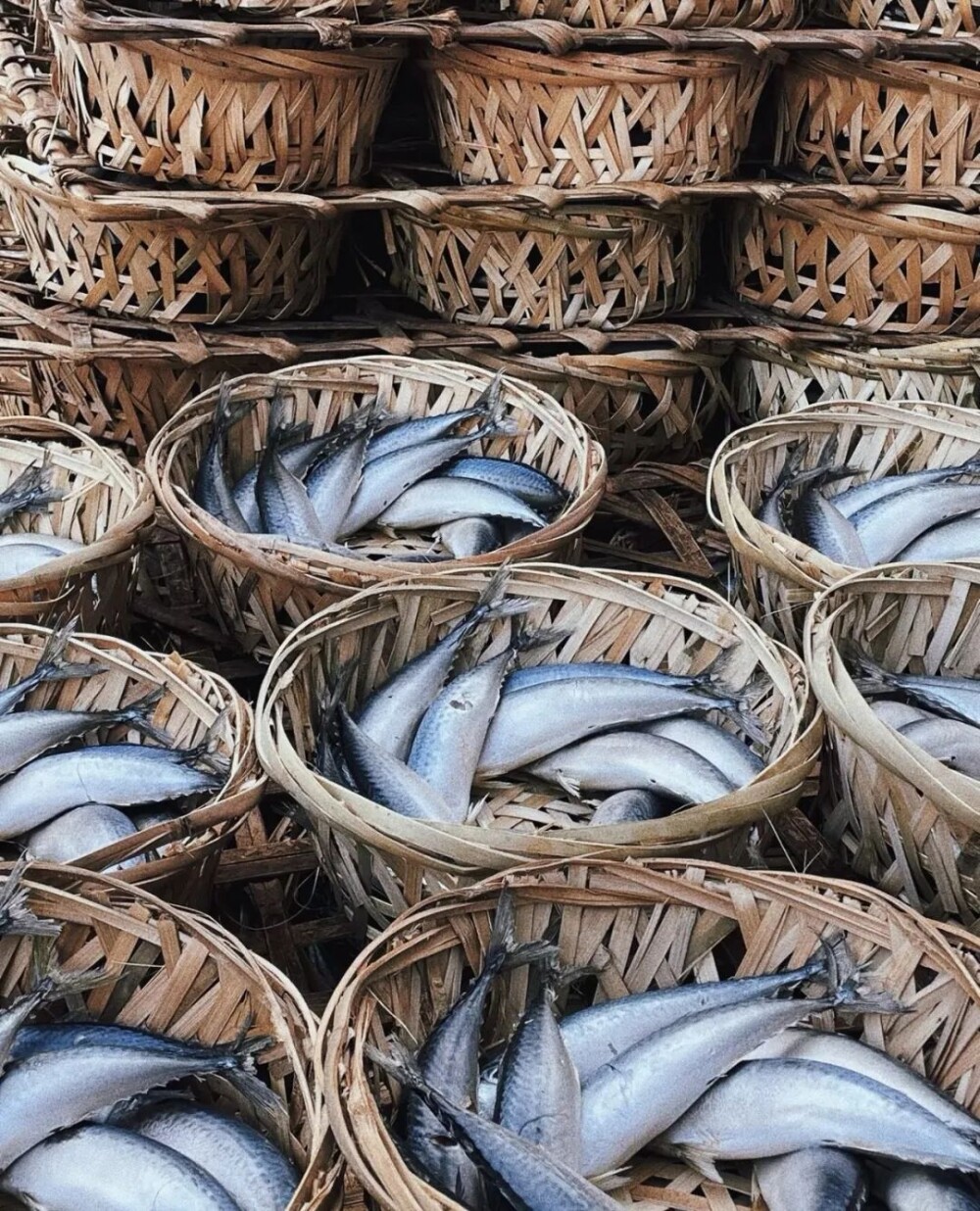
A cornerstone of Chaoshan Fish Rice, this fish is salt-preserved and steamed for a rustic flavor.
Safety tips for seafood lovers
Prevent cross-contamination: Use separate utensils for raw and cooked seafood. Store them in different sections of the refrigerator.
Cook thoroughly: Raw marinated seafood risks parasites, Vibrio parahaemolyticus, and norovirus. Cooking to ≥63°C ensures safety.
Avoid leftovers: High-protein seafood spoils quickly. Discard uneaten portions after 2 hours at room temperature.
Handle injuries promptly: Wear gloves when processing seafood. If pricked, rinse with running water, disinfect with iodine, and seek medical help if swelling occurs.
Who should limit seafood intake?
Allergy-prone individuals: Seafood allergens (e.g., tropomyosin) can trigger reactions. Those with a history should avoid or test cautiously.
Gout/high-uric acid patients: Purine-rich seafood (e.g., shrimp, crab) may exacerbate symptoms. Avoid pairing with alcohol.
Digestive sensitivity: The elderly, children, or those with GI issues should limit cold-natured seafood (e.g., oysters) to prevent diarrhea.
Hyperthyroidism patients: Shellfish (high in iodine) may worsen symptoms. Opt for low-iodine options like hairtail or small yellow croaker.
Nutritional benefits & recommendations
Seafood provides lean protein, omega-3s, and minerals. The FDA recommends 2–3 servings (227g/8oz total) weekly. Balance with vegetables and whole grains for a heart-healthy diet.
Author | Jiang Chang
Photo | Shantou Fabu
Editor | Huang Qini, James Campion, Shen He






